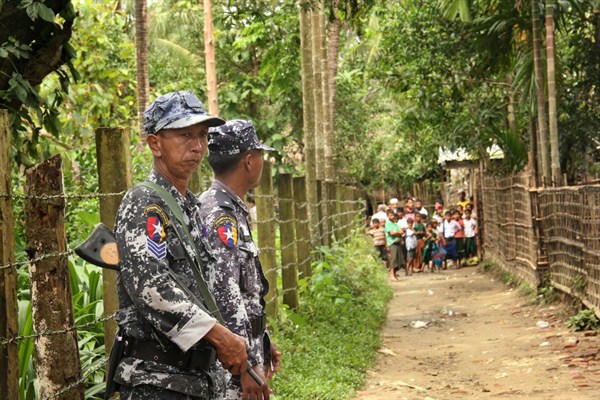Intense fighting has returned to western Myanmar’s troubled Rakhine state, this time between the military and the Arakan Army, a well-armed ethnic group that advocates self-governance for the region. At least 26 people have died since fighting erupted in December, and thousands of civilians have been displaced, according to the United Nations. The renewed conflict is likely to further complicate the already difficult process of repatriating hundreds of thousands of Rohingya Muslims living in refugee camps across the border, in Bangladesh. In an interview with WPR, David Scott Mathieson, an independent analyst based in Yangon, Myanmar, discusses the Arakan Army’s recent evolution and explains how the fighting in Rakhine could affect the state’s battered Rohingya community.
World Politics Review: How has the Arakan Army been able to maintain a strong base of arms, funding and local support since its formation in 2009?
David Scott Mathieson: The Arakan Army, or AA, was formed 10 years ago by mobilizing younger ethnic Rakhine, who were angry at what they saw as a lack of justice and opportunity for the Rakhine people and the exploitation of their state’s natural resources. There was also frustration at the time over the moribund state of another older armed group, the Arakan Liberation Army, which is based in eastern Myanmar along the border with Thailand. The AA, which takes its name from the former name for the Rakhine region, mirrored the aspirations of many other nationalistic ethnic groups in Myanmar that have been fighting against central rule for 70 years. It was initially composed of a small group of recruits, trained in northern Myanmar by the well-organized, disciplined and battle-hardened Kachin Independence Army, but it had an opportunity to expand when a 17-year cease-fire between the KIA and the Myanmar government broke down in 2011. Heavy fighting returned to Kachin state, and the AA was able to gain combat experience, access more weapons, and recruit more members from the ranks of Rakhine migrant workers in Kachin state’s teeming jade mines.

